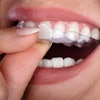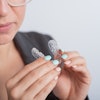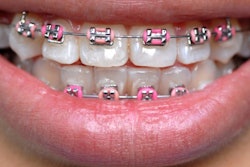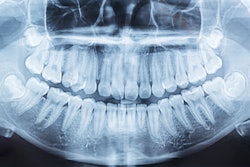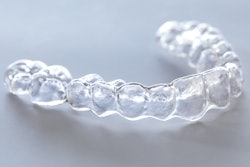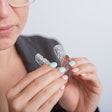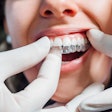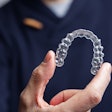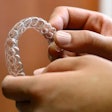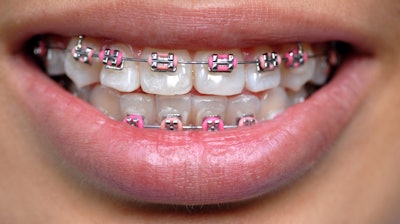
Ceramic orthodontic brackets appear to have a significantly higher failure rate compared to metal brackets, especially in the lower arch and posterior sector. This research was published on May 13 in the International Dental Journal.
Furthermore, there are more bracket failures within the first 12 months when using round wires, emphasizing that most failures occur during the initial month of treatment, the authors wrote.
"Patients should be aware that orthodontic treatment with ceramic brackets may involve delays and inconvenience due to the higher failure rate compared to metal brackets," wrote the authors, led by Andrea Scribante of the University of Pavia in Italy.
The study included 80 patients divided into two groups: 40 in the metal (MET) bracket group with a mean age of 24, and 40 in the ceramic (CER) bracket group with a mean age of 30.
Over the course of 12 months after bonding, bracket failures were documented, along with the type of archwire in place at the time of failure. Various factors such as dental and skeletal characteristics, age, and gender were also recorded from initial diagnostic images and casts, they wrote.
Statistical analysis of the data was conducted, with a significance level set at p value < 0.05. The results showed significantly higher failure rates for ceramic brackets overall, particularly in the mandibular arch and the posterior region. In metal brackets, the failure rate was nearly 11%, while it was approximately 21% in ceramic brackets, the authors wrote.
Regression analysis further revealed that round nickel-titanium archwires 0.014 and 0.016 were associated with higher failure rates, whereas rectangular archwires were linked to lower failure rates, they wrote.
However, the study had limitations, including the age of the participants, which was relatively young. Future studies should be done in older patients, and additional factors like total treatment duration, number of appointments, costs, and their correlation with bracket failures should be explored, they added.
"Patients should be aware of this eventuality when choosing the material of their vestibular fixed appliance in orthodontic treatment," Scribante et al wrote.

